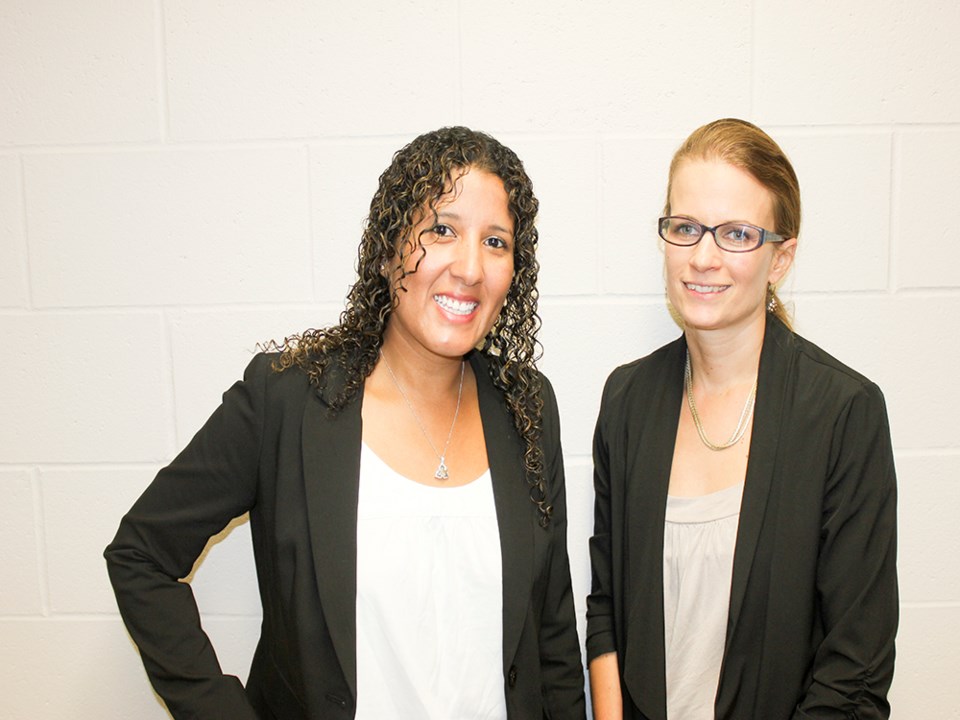The Southeast College’s foray into Spanish classes last year attracted enough of a response that they have decided to offer the classes again this fall.
The courses will allow people to learn the language, said Southeast College program delivery associate Melanie Mantei, and it is geared towards individuals who will be taking a holiday in a country where Spanish is the official language.
“They can learn the language to communicate with the people,” Mantei told the Mercury.
Three different levels will be offered. Spanish I offers the basics, as students will learn the language in a relaxed environment, while getting comfortable with the sounds and rhythms of Spanish.
They will also begin to read, write, speak and listen for meaning in Spanish, give a simple performance while using the language, and recognize distinctive places and products.
The course will be offered at the Estevan campus from Oct. 6 to 24. Sessions will be Tuesday and Thursday evenings at 6:30 p.m., and Saturdays mornings at 9 a.m.
Spanish II will be offered from November 10 to 26, also on Tuesday and Thursday evenings at 6:30 p.m. and Saturday mornings at 9 a.m. Students will further their grasp of vocabulary and grammar. Not only will they begin to comprehend listening and reading passages, but they will also start to express themselves through both speaking and writing.
Conversation, music, videos and interviews will be incorporated.
Spanish III will be offered from Dec. 1 to 17, also on the same days of the week and at the same times as Spanish I and II. Students will focus on three modes of communication: interpretive, interpersonal and presentational. Each unit consists of various activities which teach how to understand more difficult written and spoken passages, to communicate with informal interactions, and to express thoughts and opinions both formally and informally.
The course is conducted almost entirely in
Spanish.
“The approach that I do in my class is the communicative approach,” said instructor Maribel Cabezudo. “What I want from the students is to be free and welcome to speak the language as much as possible. I like them to work in pairs and in groups, and to work with the book.”
But she also wants to work with them individually to work on knowledge and pronunciation.
“To learn a language is a big deal,” Cabezudo said. “It can take months, but I think the objective
of this lesson is by Level III, they are going to be able to understand better the
people who speak the language, and to be able to answer conversations and to read some of the Spanish as well.”
Cabezudo hails from Peru and Spanish is her mother tongue. She has a teaching degree, and has been teaching for nearly 10 years.
She also instructed the college’s Spanish course last year.
“This is a great opportunity for me to share my knowledge, and not only that, but to share with them part of my roots and culture,” Cabezudo said. “So I think that’s a big advantage for them.”
Last year the college offered just the beginner and advanced courses. Cabezudo said they expanded the course so participants can have a better understanding of the language.
“We’ve also added some cultural characteristics and information to them,” said Cabezudo. “I think if we give them more time to learn, they will have a better time for what they decide to do with the language.”
They hope people who enter the Spanish I beginner course will eventually proceed into intermediate and then advanced.
Mantei said last year they had six students for the classes; this year they already have 10. She attributes the increase to Cabezudo’s abilities.
“We received positive feedback,” said Mantei. “They thought the program was developed, but the only thing that was negative was they wanted it longer. So this year we’ve increased the hours, and we developed three levels, whereas last year was just a beginner and advanced.
“So now we have an intermediate. I think people were discouraged to go into the advanced, because it was labelled as advanced, thinking it was too over their heads.”
People can register until the afternoon of Oct. 6, which is the first day of the first program. They have capped the number of participants at 15.




